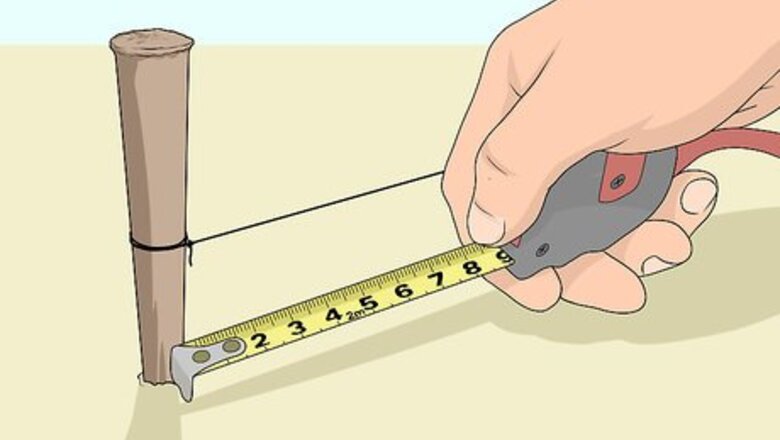
views
- Measure the cinderblock to determine where you'll cut, mark the cut location, and line up your blade.
- Slowly and carefully, cut through the cinderblock with your circular saw.
- Or, place a chisel over the cinderblock and hit your chisel with a hammer until the block splits.
Using a Circular Saw
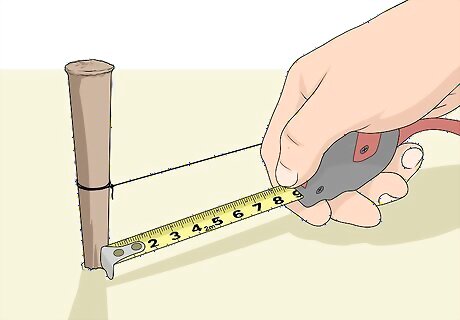
Measure the area where you’ll install the cut cinder block. If you’re using cinder blocks to build a wall or patio space, cutting cinder blocks to a precise size will ensure they fit perfectly. Take a tape measure and measure the length of the space where the cut cinder block will fit. Don't worry about measuring the width of the space since cinder blocks are commonly a uniform size. Cinder blocks come in various sizes and shapes, but the most common size is 8 by 8 by 16 inches (20 × 20 × 41 cm).

Mark the measurement onto the cinder block in white chalk. Use the chalk to mark the spot where you’ll cut the block. For example, if the space that the cinder block needs to fit into is 8 inches (20 cm) long, measure 8 inches (20 cm) in from the end of a cinderblock and make a chalk mark. If you’d like to be as accurate as possible, hold the straight edge of a ruler across the block at the 8 in (20 cm) mark. Drag your chalk along the ruler’s edge to make a line that crosses the block.
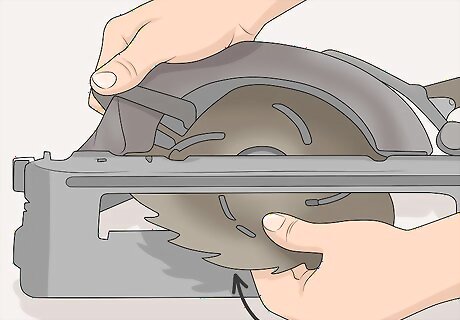
Insert a masonry blade into the circular saw. This specific type of blade allows you to cut through a cinder block. Lift up the spring-loaded protective plastic sheath that covers the currently-installed blade. Remove the retaining bolt at the center of the circular blade with a ⁄4 in (1.9 cm) wrench. Once the bolt is off, lift the blade out of its housing and set the masonry blade in its place. Set the bolt back in place over the center of the blade and screw it back into position with the wrench. Then, release the blade cover so it snaps back into place over the blade. If you don’t have a masonry blade (or a circular saw), purchase one at a local hardware store. If you only plan to use the circular saw for this single task, you may be able to rent one instead of buying it.

Put on safety equipment before you begin cutting the block. Cutting a cinder block with a circular saw will be loud and create a lot of concrete dust. Always wear a mask with ventilation to protect your lungs when splitting or cutting cinder blocks. The dust that this kicks up can damage your lungs if you inhale it. To protect your hearing from the loud saw, also wear a pair of sound-blocking earmuffs or ear plugs. It’s also smart to protect your eyes from the small chunks of cinder block that the saw kicks up by wearing a pair of protective glasses.

Line up the blade with the chalk mark on the cinder block. Hold the cinder block in place with your non-dominant hand, and use your dominant hand to align the saw. When you’re looking down on the circular saw from above, you’ll see a notch in front of the metal surface in front of the blade indicating where it will cut. Carefully align this mark with the chalk mark that you made earlier. It’s important that you continue to check and make sure the saw is cutting straight through the cinder block as you’re cutting it.
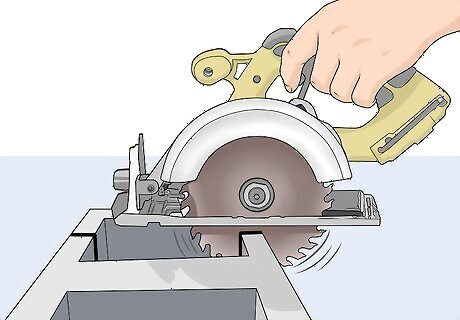
Cut through the cinder block in 1 slow, accurate stroke. Squeeze the trigger inside of the saw’s handguard to start the blade spinning. Once it’s at full speed, press the saw forward so it cuts through the cinder block. As you cut, the protective covering will be pushed back, allowing more of the blade to contact the cinder block. In most cases, you can cut through the block in 1 go. If the cinder block isn’t quite cut, though, make another 2 or 3 cuts to finish bisecting it. Unplug the saw once you’re finished cutting through the block. If you’re using 1 hand to stabilize the block while your cut, keep your fingers out of the way of the saw! A circular saw could easily cut a finger off.
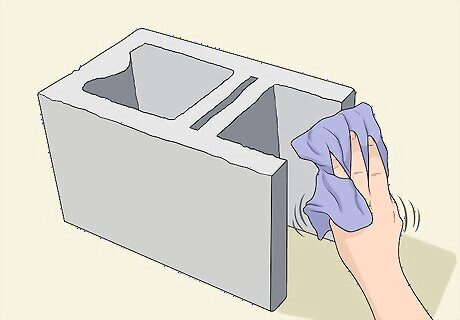
Wipe the cinder block clean with a damp rag. When you’ve finished cutting, the block will be covered with fine dust. Dampen a rag by running it under water and then wringing it out. Run the rag lightly over the cut halves of the cinder block to clean them up. At this point, you’re ready to install the block in whatever project you’re working on. If the saw is covered in dust, also clean it off before putting the saw away.
Splitting Blocks with a Chisel

Put on a pair of safety goggles to protect your eyes. While splitting a cinder block with a chisel won’t kick up dust, it will send small bits of cinder block flying through the air. To keep your eyes from being damaged, wear a pair of protective plastic goggles. You can purchase plastic safety goggles at any hardware store or at most home-improvement stores.
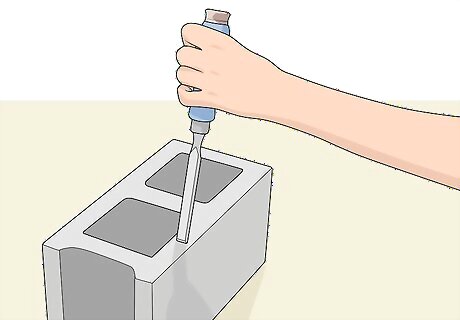
Position the chisel where you’d like to cut the cinder block. Use your non-dominant hand to set the sharp edge of the chisel at the point where you’d like to cut the cinder block. In most cases, it will be easiest to split the cinder block at the halfway point. If you’re not cutting the block in half, though, position the chisel wherever you’d like to cut the block. This method works most effectively on cinder blocks that have an open space running down the middle of the center beam. If you’re cutting cinder blocks without this open space, you’ll have a harder time splitting them.

Strike the butt of the chisel with a hammer until the block splits. An ordinary household claw hammer works nicely for this. Any kind of masonry chisel will do, but a flat masonry chisel will work best. Bring the hammer down firmly on the butt of the chisel to deliver as much of an impact to the block as possible. Strike the chisel with 3 or 4 firm hammer blows to split the cinder block. Be careful not to whack the fingers holding the chisel in place when you’re hammering! The point of a flat chisel comes to an edge, not a point, making them ideal for splitting cinder blocks but not totally demolishing them.

Rotate the block and strike it again if it didn’t split. If you’re dealing with a particularly thick cinder block, striking it with a chisel on the top side may not be enough to break it. Flip the block 180 degrees so that the side that was facing downward is now facing up. Strike it with the hammer and chisel in the same spots that you struck on the front of the block. Repeat this process as many times as needed if you’re splitting multiple cinder blocks.














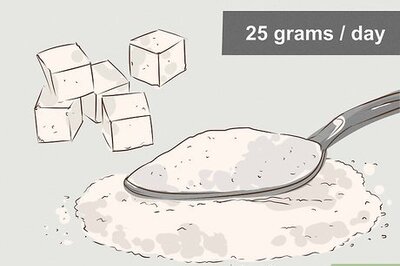

Comments
0 comment